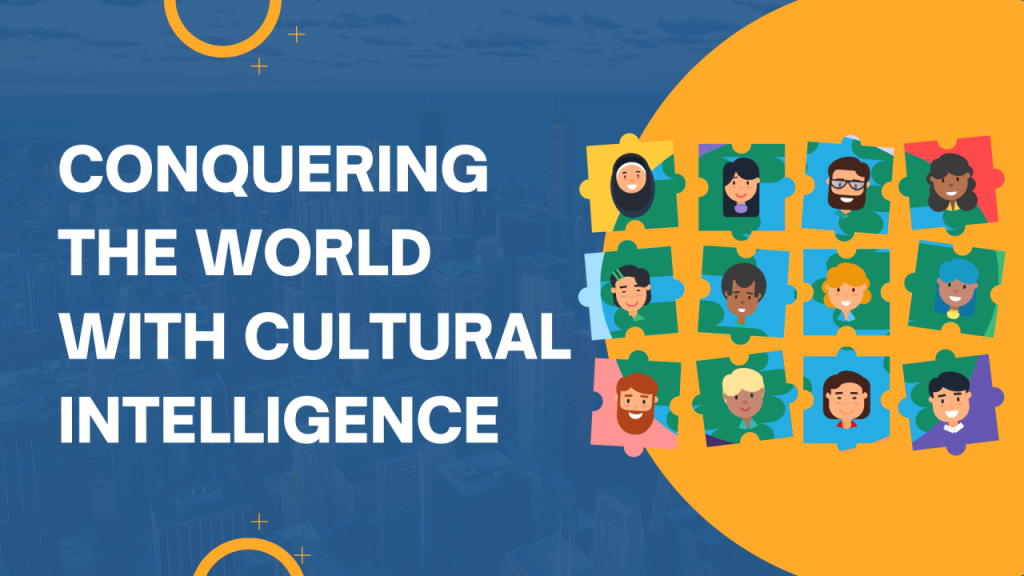
I had the pleasure to attend a really insightful webinar offered by Margit Takacs last week. It was a good reminder that when change managers step into the increasingly global arena of business, the success of their change initiatives hinges not just on their ability to lead but also on their cultural intelligence (CQ). This unique capability goes beyond traditional understanding—it’s an art of interpreting the unspoken, the gestures, the context that differs across cultures. Margit cited Earley and Mosakowski when she refers to CQ as
“the ability to interpret someone’s unfamiliar and ambiguous gestures in just the way that person’s compatriots and colleagues would, even to mirror them.”
I sincerely believe, in the rich tapestry of global business, this ability is paramount.
Cultural intelligence is not merely about recognizing cultural differences but being able to interpret and engage with these differences effectively. For change managers, this means:
- Deciphering Non-Verbal Cues: Interpreting the subtle body language and social signals that vary greatly from one culture to another.
- Understanding Context: Recognizing how cultural contexts influence the perception and reception of change initiatives.
- Mirroring to Build Rapport: Reflecting the communication styles and behaviors of others to build trust and rapport across cultural divides.
Why Cultural Intelligence Is Critical for Change Managers
CQ empowers change managers to:
- Navigate Ambiguity: Change often brings uncertainty. With CQ, managers can read between the lines of what teams from different cultures are saying—or not saying—about this uncertainty.
- Foster Inclusion: By interpreting and valuing diverse cultural signals, managers promote a more inclusive environment that respects and integrates multiple cultural perspectives.
- Drive Effective Change: Managers with high CQ can tailor their change strategies to resonate culturally, ensuring that changes are not just implemented, but embraced.
So How to Develop and Train Your Cultural Intelligence in Practice?
For me there are three complimentary ways to cultivate CQ:
- Engage in Cultural Training: Learn the nuances of different cultures through formal education. Such trainings are especially helpful in the beginning, opening your eyes for overall differences between cultures and how these differences manifest themselves in different behaviors.
- Seek Immersive Experiences: Live or work in different cultural settings to develop a firsthand understanding. The experience of living abroad is invaluable for your CQ. I had the chance to live in different parts of the world and embedded in very different cultures for many years. It creates the necessary sensitivity for the impact of communication in different contexts and helps develop a repertoire of styles and behaviors.
- Reflect on Interactions: After cross-cultural encounters, take time to reflect on what was learned about others’ gestures and communication styles. Almost a no-brainer for change managers. Empathy and the ability to reflect are crucial characteristics of a good change manager.
Change managers, by harnessing the power of cultural intelligence, can become adept interpreters of the global business language. It is the attention to detail and the nuanced understanding and mirroring of unfamiliar and ambiguous behaviors that mark a truly effective global leader. This skill, when mastered, is indeed the recipe to conquer the “world of change management.”
Have you come across inter-cultural change challenges in your change work? How did you manage to overcome them? What’s your best advice for others who want to train their radar for cultural differences and pitfalls?
This is a copy of the same post on my LinkedIn blog. To comment and join the discussion on this topic switch to LinkedIn. Follow me for regular updates and blog articles: https://www.linkedin.com/in/drnilskoenig/
